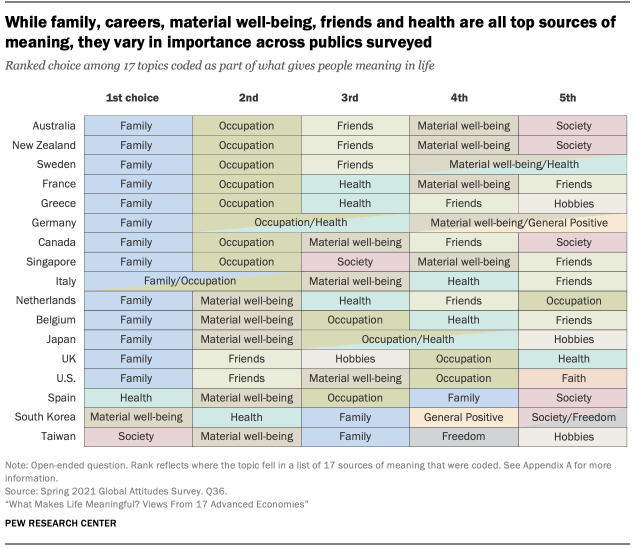
A representative antenna
China has been slowly but steadily working its way to the top. Frequently making headlines with its space-related developments, the country now claims to be operating the world's largest antenna for its submarine operations.
What's special about the antenna is the fact that it was designed to maintain underwater communications over 1,900 miles (3,000 km), enough to reach Guam, the biggest U.S. military base in the western Pacific Ocean, according to the project’s lead engineer Zha Ming and his colleagues from the Wuhan Maritime Communication Research Institute, reports South China Morning Post.
While the gigantic antenna's current location remains unknown, the team said it lies somewhere 620 miles (1,000 km) south of Beijing, 1,242 miles (2,000 km) southeast of Dunhuang in northwest China, and 620 miles (1,000 km) east of Mianyang in the southwestern province of Sichuan. READ MORE...







































